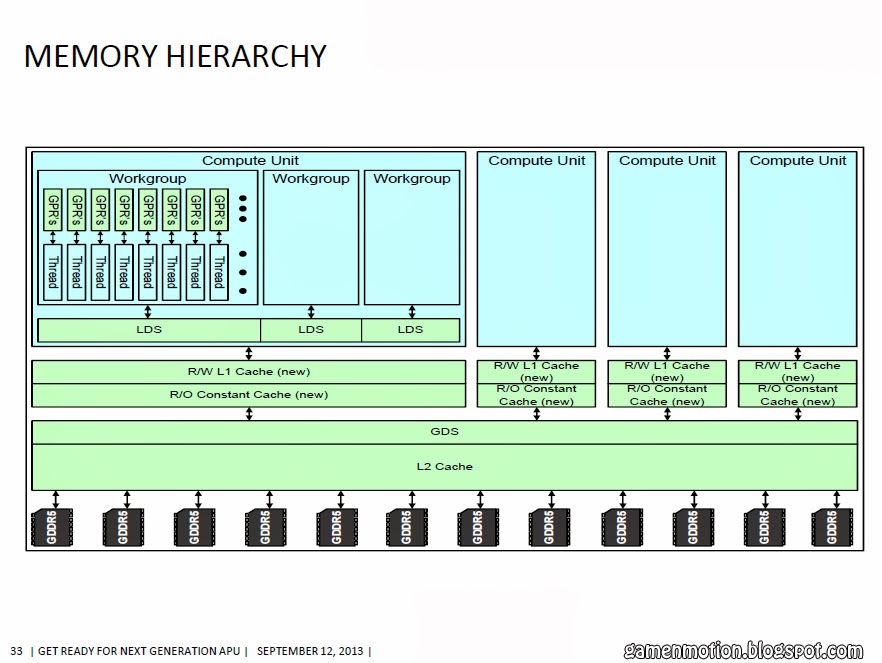D
Deleted member 13524
Guest
Does this mean that Kaveri will not have any form of memory bandwidth enhancement like eDRAM, additional DDR3 channels or dedicated GDDR5 memory in the motherboard?

The picture came from this presentation.
AMD is going to stick a 512 GCN shaders, ~1TFLOPs iGPU to some 25GB/s of memory bandwidth shared with 4 CPU cores?
That'll be a bit depressing IMO. Just look at the difference between the 512 GCN Cape Verde DDR3 vs. GDDR5:

It'll be even worse if the memory needs to be shared with the CPUs, no matter how you put it.

The picture came from this presentation.
AMD is going to stick a 512 GCN shaders, ~1TFLOPs iGPU to some 25GB/s of memory bandwidth shared with 4 CPU cores?
That'll be a bit depressing IMO. Just look at the difference between the 512 GCN Cape Verde DDR3 vs. GDDR5:

It'll be even worse if the memory needs to be shared with the CPUs, no matter how you put it.

